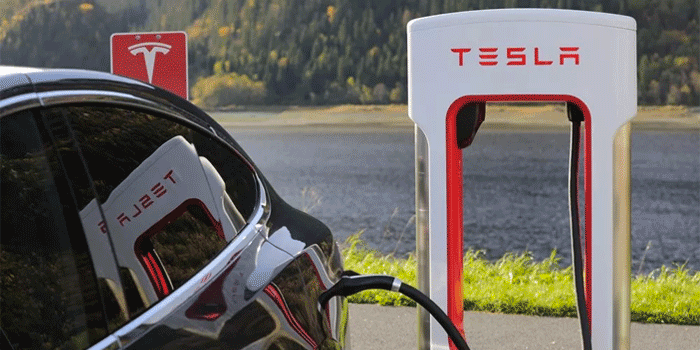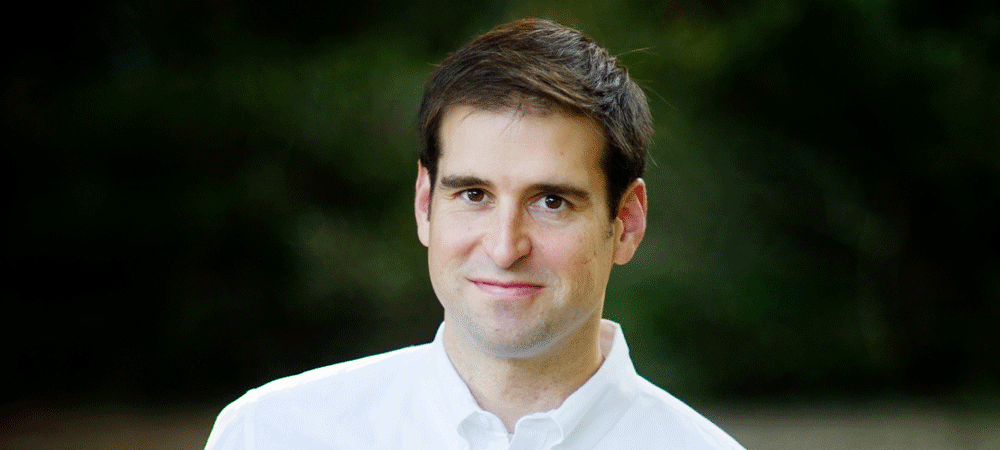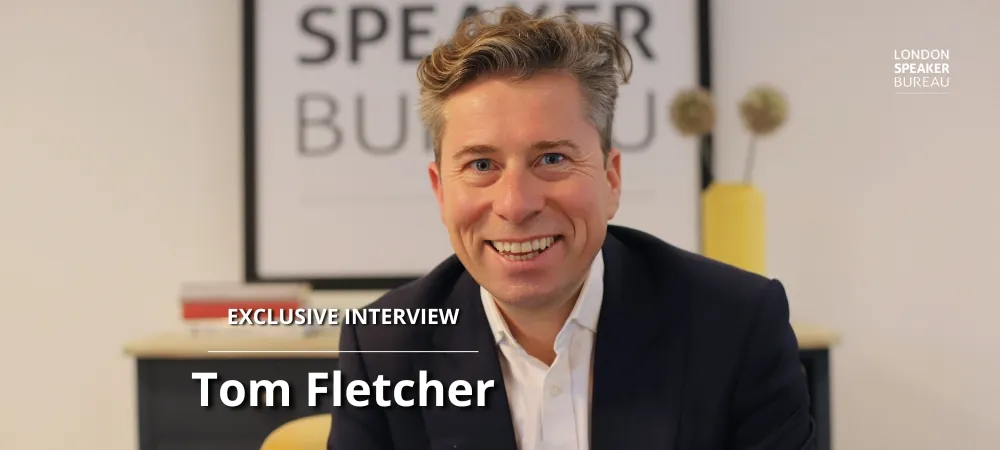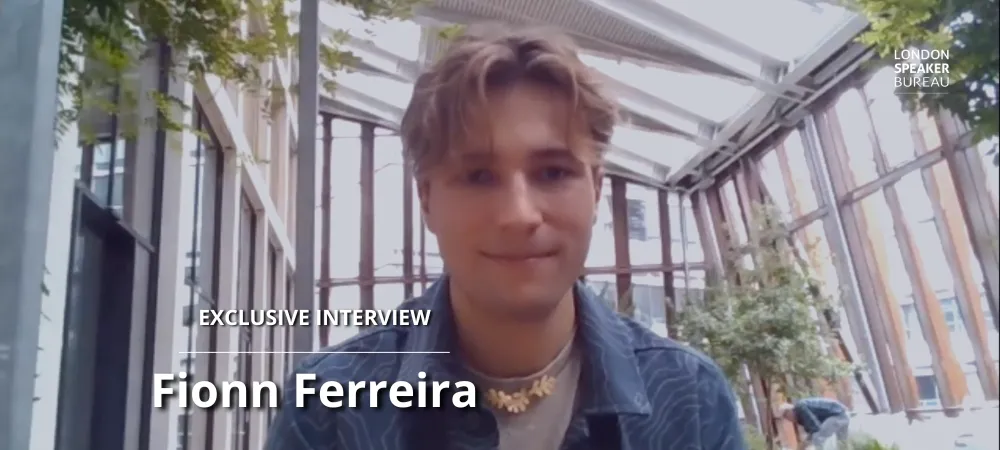JB Straubel is the world’s expert in battery technology and the Chief Technical Officer at pioneering electric car company Tesla Motors in Silicon Valley. He is leading the world’s transition to sustainable transportation and solving the massive global challenge of renewable energy storage.
At Tesla, JB Straubel says:
[no_blockquote text=”We look at what is possible with physics, science and technology and then we base our product decisions on that.” show_border=”yes” show_quote_icon=”yes”]
By constantly tearing up what he just did and looking to the future – not reasoning from what has been done before – Straubel is changing our world for the better.
JB Straubel, one of the greatest clean tech innovators of our time, looks at technology as a long-term trend. The key he believes is to “do something that is obvious, before it is obvious”. Thirteen years ago, before it became obvious, Straubel took consumer electronic lithium ion (Li-ion) batteries and pulled them into the automotive sector at Tesla, completely disrupting the electric vehicle (EV) industry.
Tesla’s goal has always been to accelerate the advent of sustainable transport by developing mass-market electric cars. However, in the early days of the company, the challenge for Straubel was to string thousands of small Li- ion batteries together, make a car battery pack and make it safe and affordable.
These batteries were too new a technology in 2003 to make a cheap mass-market car yet. So, early on, Tesla had to create a niche. The common perception was that electric cars were golf cars, so they set about proving with the Tesla roadster, that they could make a sleek, sexy, fast car which could compete with gasoline race cars in terms of acceleration and torque. It was based on the Lotus Elise, hit 60 mph in 3.7 seconds and squeezed 245 miles, from a 950lb battery.
Straubel did not stop with the roadster – he kept innovating. The Model S was built from scratch and the whole concept of “what a car is” was turned on its head and every assumption thrown away. By placing all the car’s weight (the battery pack) at the bottom of the car, he ended up designing the first car that will not flip over. Mounted inside the battery pack, the cells were interconnected and interwoven with liquid cooling systems to prevent fires (traditionally a big problem with Li-ion batteries). Then, he revolutionized the concept of all-wheel driving systems, resulting in unparalleled traction control. The Model S turned out to be the safest car on the road.

Breaking through barriers to innovate faster and better has been Straubel’s strength. Rather than using knobs, switches and dials for the controls for the Model S, he challenged this. He installed a touchscreen – a far more intuitive way to drive an electric vehicle. This also means that Tesla can use software and wirelessly update it, change and improve the function of the car, over years of car ownership.
By disrupting incumbent thinking, Straubel created the fastest four-door car in history, accelerating from 0 to 60 mph in as little as 2.5 seconds. The Model S has great handling, autopilot technology and a range of almost 300 miles.
Straubel also totally revolutionized electric charge time. Superchargers can now top up a battery to about 80% of capacity in 30 minutes. Tesla’s ever-expanding number of stations make up the largest fast-charging network across North America, Europe and Asia.
The barriers to EV mass adoption are dropping fast. “The improvement in battery technology is increasing all the time, year on year,” Straubel says. Between 2010-15, the average cost dropped by 65%. By 2022, it is widely predicted that EVs will be cheaper to own than regular cars.
The amount of electricity that will be needed to charge the one million cars Tesla plan to have on the road by 2020 is massive. So, they have built their own gigafactory. By vertically integrating the supply of Li-ion batteries and scaling it up, they can drive down the cost much faster than anyone has predicted before. By 2020 the gigafactory is set to produce as many Li-ion batteries as the entire world used in 2013. They will need a lot of these factories to eliminate the use of petrol-powered cars, but Straubel is confident this is coming.
Tesla’s domestic and commercial battery packs for renewable energy storage may solve one of the world’s most pressing energy problems.
JB Straubel says:
[no_blockquote text=”The economics in many cases have already crossed a threshold where battery packs can effectively store renewables on a very big scale. As batteries improve in terms of safety and the amount of energy they can store, this will allow new electrically powered products to be produced. In the foreseeable future, electric airplanes become an interesting and pretty compelling proposition.” show_border=”yes” show_quote_icon=”yes”]
Straubel and his team won’t stop innovating until they make a car that is adopted by millions of people. A goal that is far closer than ever before. In March 2016, Tesla announced the launch of the Model 3, their first mass-market vehicle, priced at US$35,000 (less than half the price of the Model S), with autonomous driving software, delivering a minimum of 215 miles range and set to be on the road by the end of 2017.
To read more about JB Straubel, click here.
To book JB Straubel as a speaker for your next event, click on our ‘contact us’ page or send us an email.





